

What a collection! If I've left yours out, please try again. I haven't intentionally done that, but there's always that nagging feeling that I'm forgetting one!
![]()
Norbert in Germany built a beautiful version of the Sferics detector. He printed the label on a vinyl sheet made for the purpose, quite nice.
  |
![]()
Here is Kristine's magnetic version of the lightning detector. There are ten high-intensity blue LEDs in the stained glass enclosure. The meter uses the circuit from the original 3 volt lightning detector.
 |
![]()
Terentyev from Russia says: "This is a portable version of the detector. Power is provided by a mobile phone battery via DC-DC step up converter. Also I use a module based on TP4056 to provide charge from standard mobile charger. Battery charge measured by DIY schematic based on ATTiny13. Main PCB of detector is assembled from base schematic. I added a switch to the meter circuit to choose sensitivity. For sound I use a standard beeper (with internal generator).
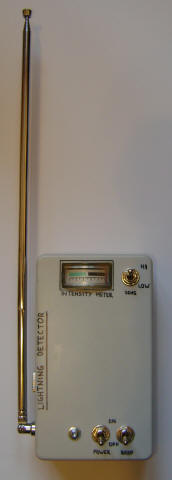 |
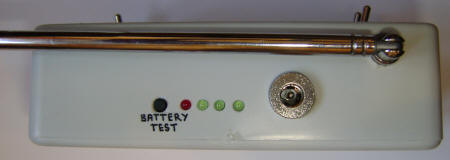 |
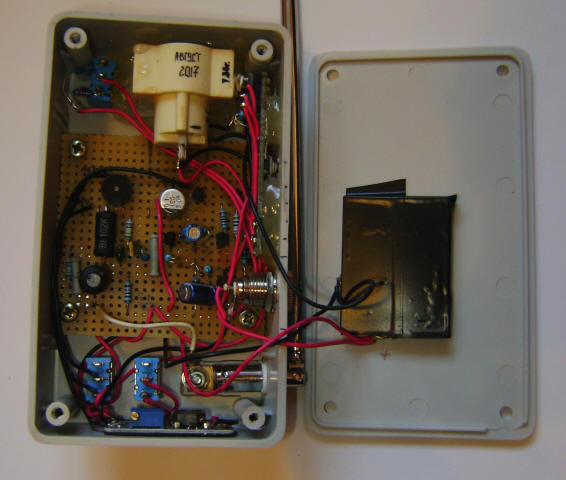 |
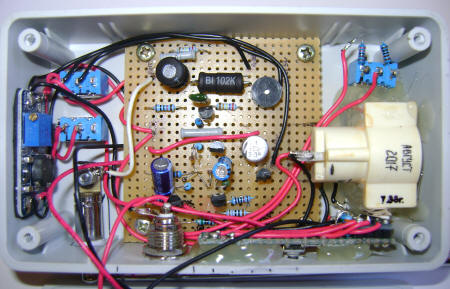 |
![]()
Julian achieved a nice effect with a recycled garden lamp: https://www.youtube.com/watch?v=rU0YRXa8yjs
![]()
Quoting Hamlet: Here are some pictures of my first lightning detector. In place of the 431, used an LM386 for the sound. It runs from an 8v regulator, and the rest of your circuit uses 5v from a second regulator. A 9v wall adapter powers it for table-top use, and a cigar plug for mobile. It uses two toggles, one for power, and one for sound. A clear blue LED is mounted on the top to indicate strikes, and the meter has a green LED for illumination at night. I mounted everything inside a scrap power-brick case.
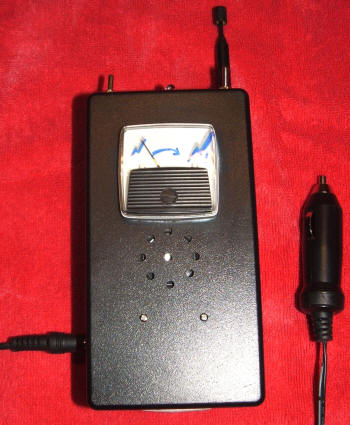
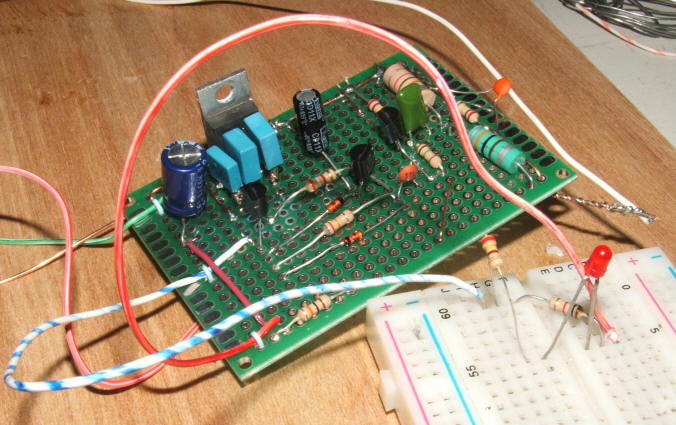
![]()
Tim built the newer circuit into an airtight sandwich box on the theory that where there's lightning there's rain!
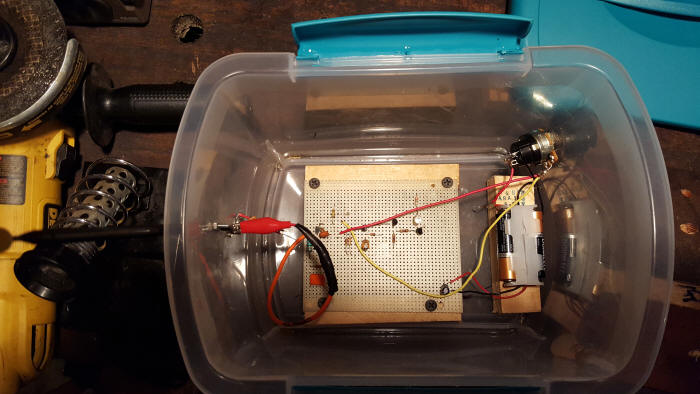
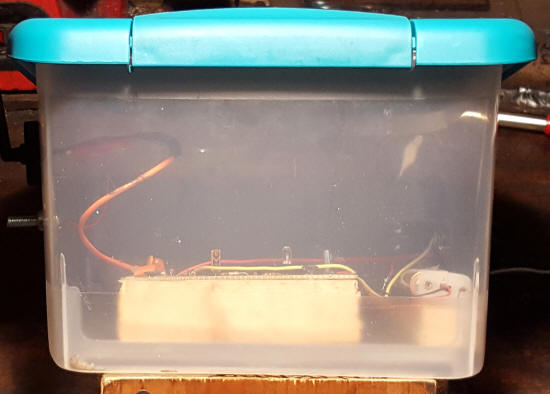
![]()
Knut has an interesting "Lightning
Defeat" project underway. I especially like his high-voltage disconnect
built with his 3-D printer:

![]()
Here's a wireless version from Darren in Australia (krekasystems@bigpond.com.au). It transmits the pulses to a base station via a 433 MHz link with the help of a PIC12F509 microprocessor.
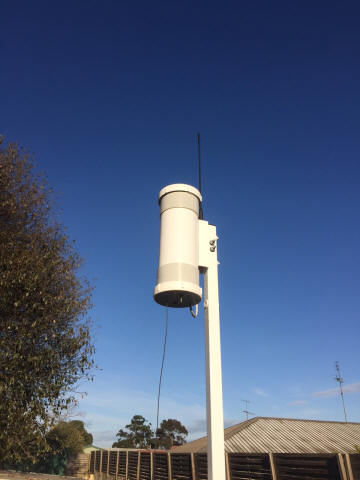
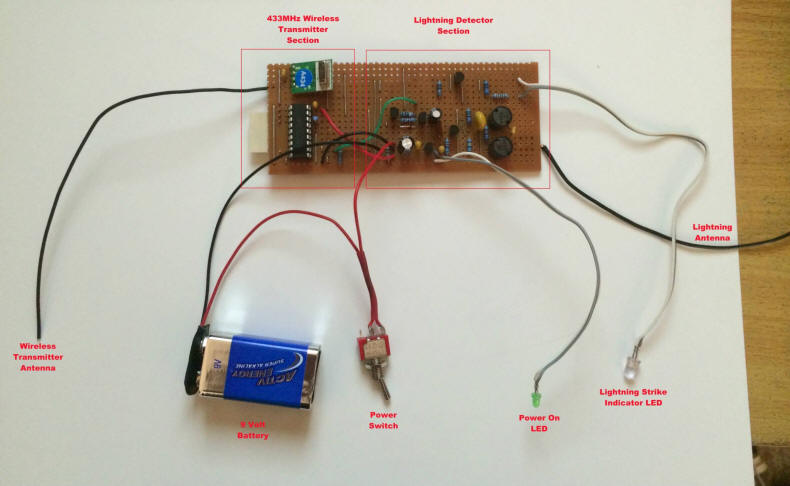
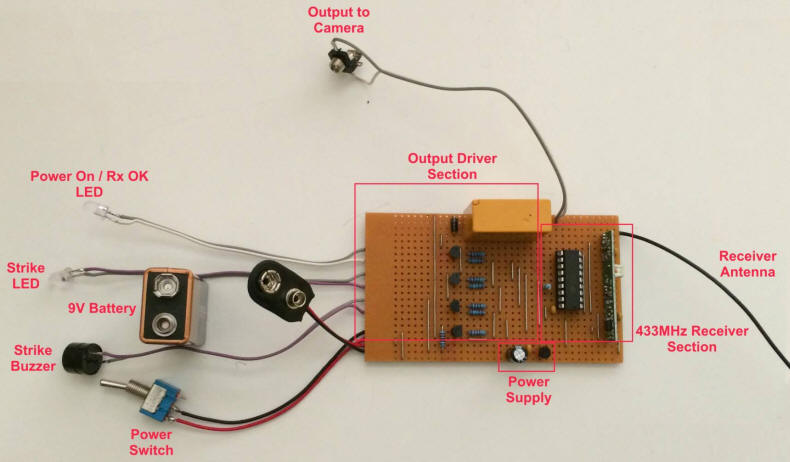
![]()
Here's a great Steam Punk version by David: http://www.celticcrosseng.com/building-the-steampunk-lightning-detector/ and http://www.celticcrosseng.com/steampunk-lightning-detector-mark-ii/
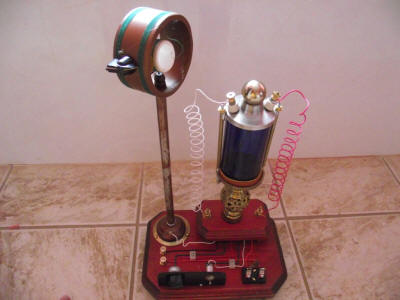
![]()
Tom in Belgium made a version with a '555 timer to produce beeps instead of clicks:
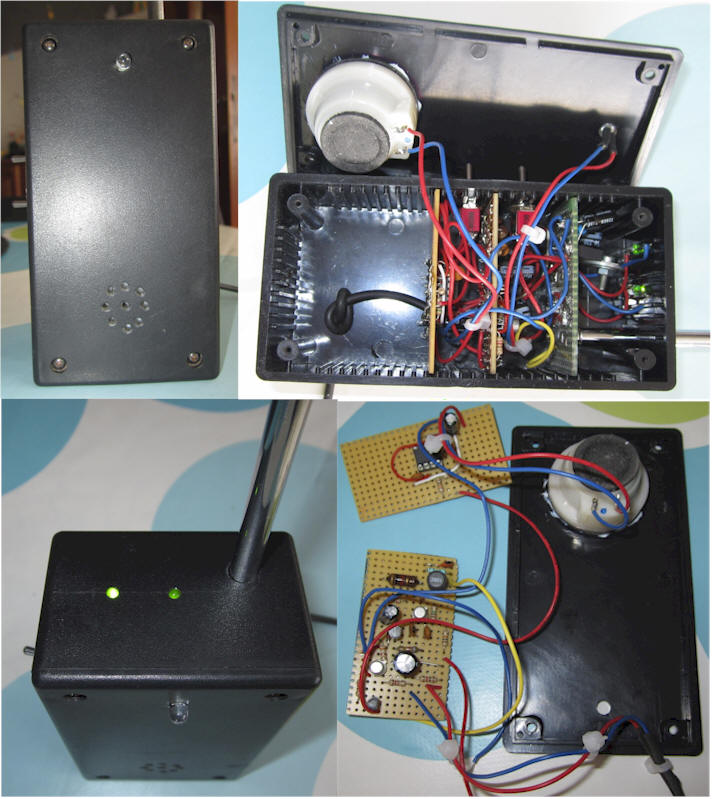
![]()
Lennie made a sophisticated weather station and a fun lightning detector in a jar:
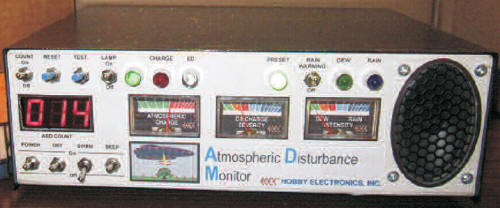

See all of Lennie's Projects on Geopodium.com
![]()
Roger has created a web page for his version.
![]()
Here's a version by Michel. He uses the pulse output to trigger a '555 timer IC that drives an H11A1 optoisolator which in turn triggers his camera shutter.
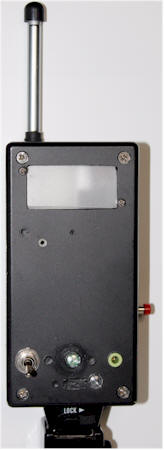
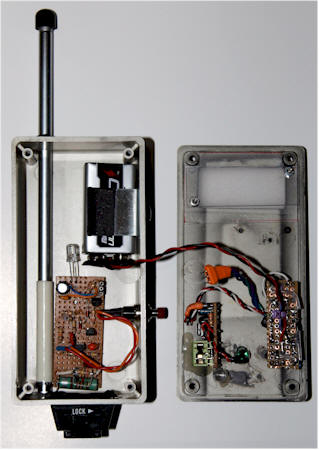
![]()
Alexander has mirrored the detector page in Romanian!
![]()
Larry from Virginia built this unit into an old DSL router box. The green LEDs flash with lightning strikes.
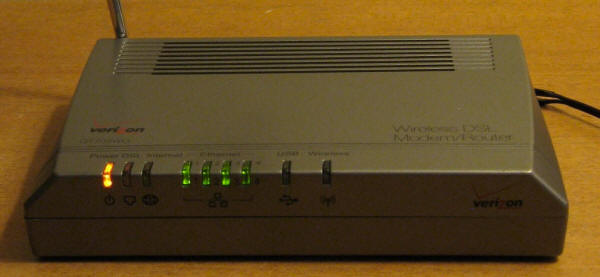
![]()
Diego from Argentina made this handheld version:
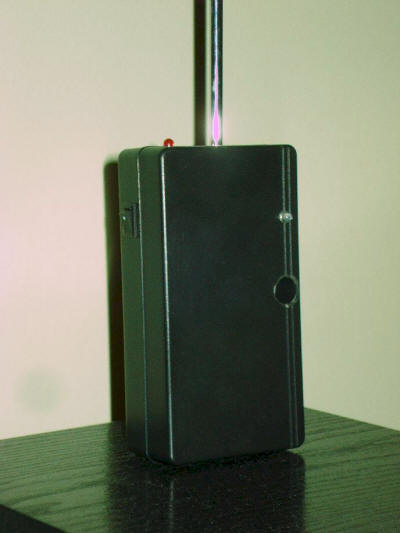
He made a YouTube video of the unit in operation, detecting cloud lightning in the distance.
![]()
Heres a version from Tim in the U.K. He writes that he had to increase the 10 mH to 60 mH and the 1 mH to 10 mH to lower the receive frequency due to interference from BBC radio 4. Other modifications include a three-transistor audio amplifier, an LM555 one-shot for making logic pulses, and a switch-selected capacitor for the meter circuit to give a fast or slow response.
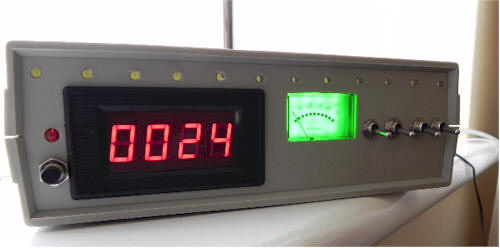 -
-
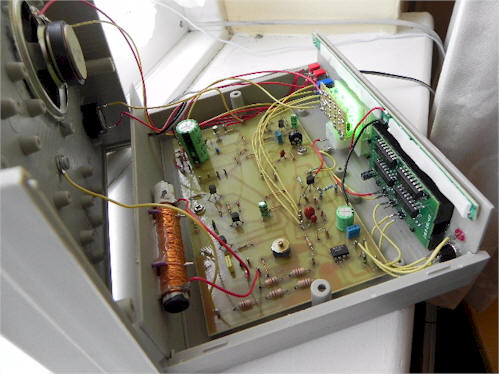
![]()
Martyn does it again! His detectors are beyond words, so click on the image for a closer look:
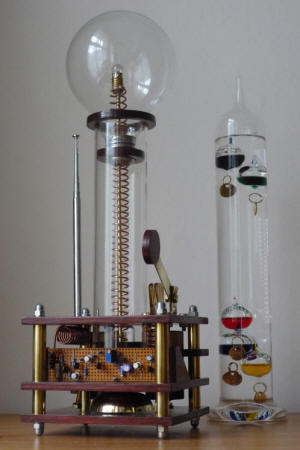
(Click for larger image)
He writes:
Here's a photo of the improved (and shorter) detector. The wooden rings finish off the point where the bulb fits the glass tube and you can see the new bell. There's a hammer attached to a small motor behind the circuit board that gives a single chime for every strike. I also added a multi-turn pot and made the copper coils a little neater. The Galileo Thermometer was a Christmas present and I think they make a nice pair.
![]()
This detector was built by Tim from Ohio. He enhanced the sensitivity by adding a potentiometer on the base of the PNP, similar to the older design and by changing the first transistor to an MPSA18.
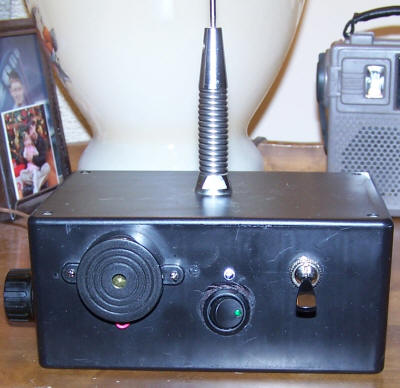
![]()
Here's an important-looking version from Facundo. He made an intriguing video of the detector in operation: http://www.youtube.com/watch?v=HPKy-oHV8nA . He added a pedometer to count strikes, too: http://www.youtube.com/watch?v=UZYJJGuy4ZI (See second photo).
.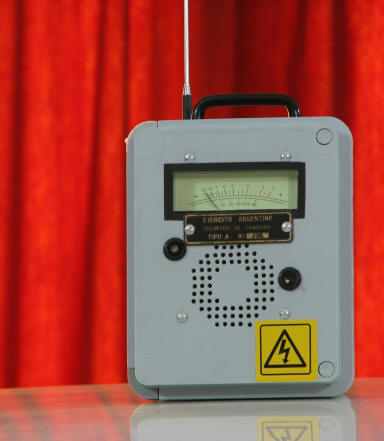
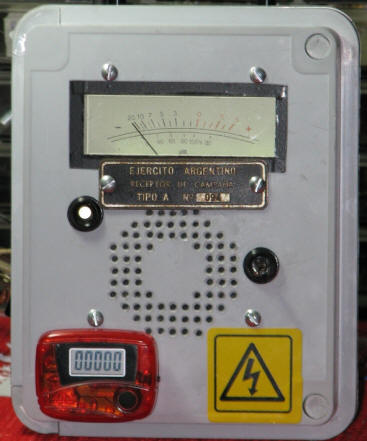
![]()
Richard from Slovak Stormchasers group made this version:
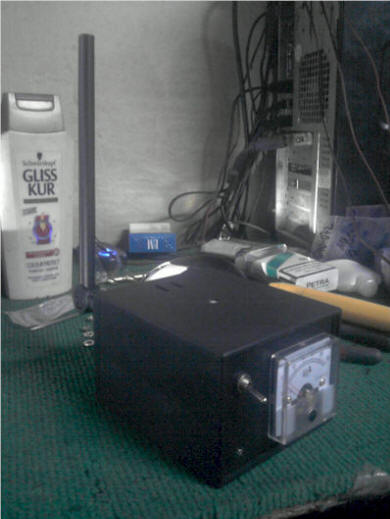
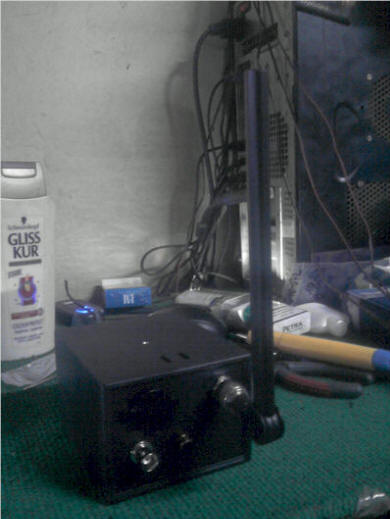
He writes:
It's a basic detector, but I have adjusted the sensitivity by changing a few components. I have also added a switch. With that I can change whether I want to use external antenna (measuring during storm catching with car) standing on position (antenna on the roof of car) or internal (that one attached on detector), which is used during car movement, with roof antenna removed for safety.

This device includes a USB interface, dual-frequency detection (adding 10.247 kHz), and custom software:
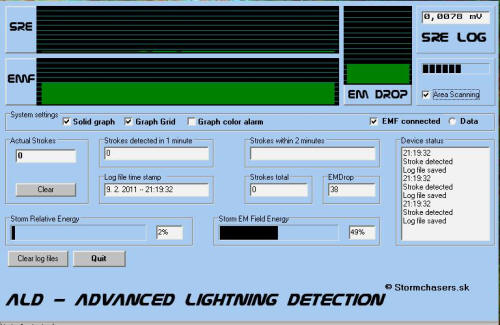
![]()
I like Alan's version built into an old PC power supply case. Honestly, I have overlooked the abandoned power supply case as a great starting-point for projects, complete with power entry and fan (or speaker, in this case).
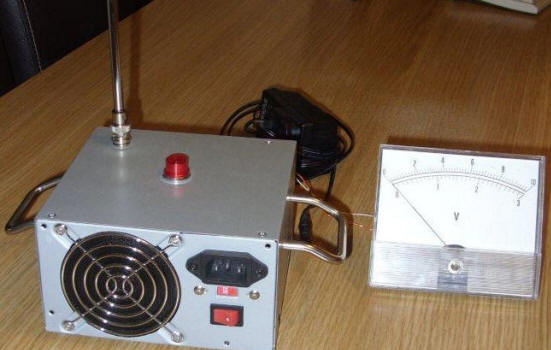
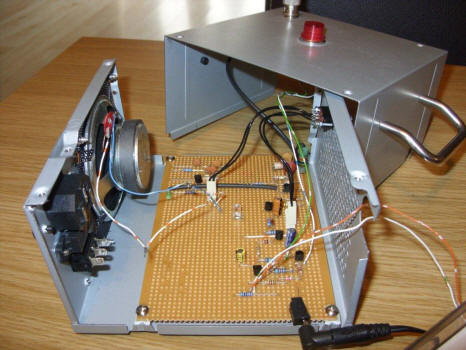
![]()
Heres' a professional-looking unit by James S. His unit features the option of using an internal or external antenna, battery or line power, an piezoelectric alarm, and a flashing meter, thanks to several miniature Christmas lights mounted on the back of the meter's housing. He also added a trimmer capacitor across the antenna tuned circuit for adjusting the receive frequency. The lower board features a superior audio amplifier, using an LM386 audio amplifier IC.
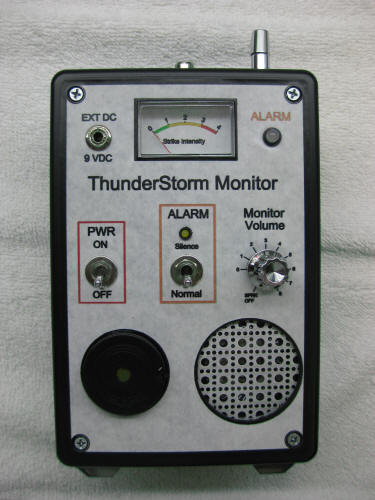
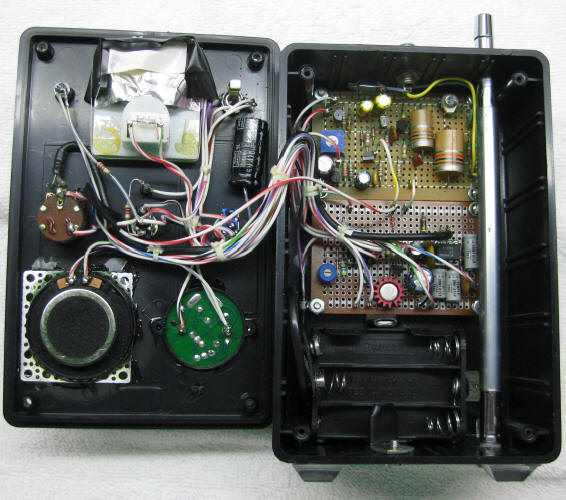
![]()
Here are Paul's "Mk 1" and "Mk 2" designs. Note the similarity to Martyn's design below. Let's face it, Martyn hit a homerun. Paul's second detector features a strike counter as well.
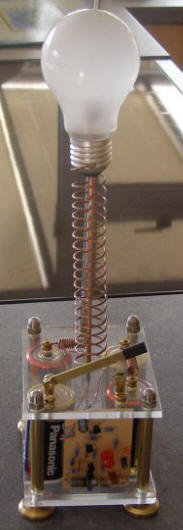
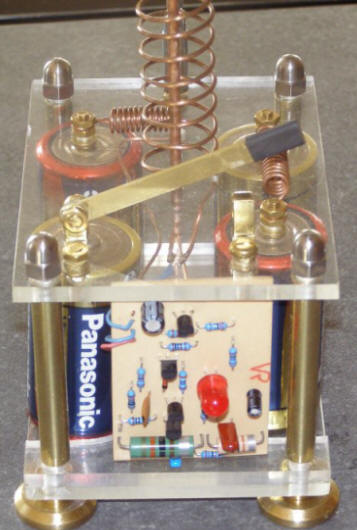
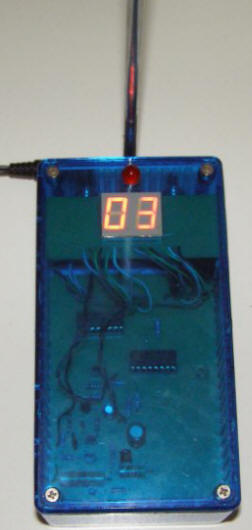
![]()
Billy, From the U.K. built a sophisticated version using a PIC to display information on an LCD screen. He has a page with additional information, including a detailed report.
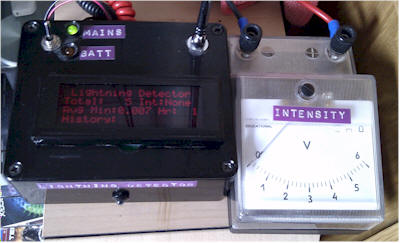
![]()
Jure from Slovenia made a detector in a cookie tin, another great application for these universal project boxes.
![]()
Dimitris has a page with the details of his detector.
![]()
Ray from the U.K. made this basic unit with a single LED for the output:
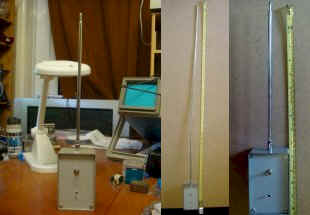
Notice the long telescoping antenna. Placed near a window, this unit should be quite sensitive. Here's his second version:
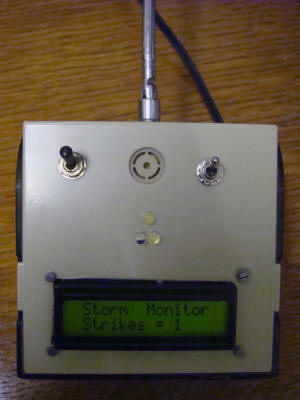
The counter is a simple HDD44780 LCD module and 16f84a
![]()
Don Cross has a page with details of his detector. His features an audio beeper.
![]()
Here's a version built by Peter from Australia. He writes:
Well I have finally finished my lightning detector and it works a treat it has a digital meter connected to the 100uA meter a counter for strikes and I have added 2 flat led panel lights and a blue led which all flash at once make for a good light show because they are really bright. Also, you can plug a canon DSLR into it and it snaps a image as well (thanks Bob Myers).
And as the image shows it works well:
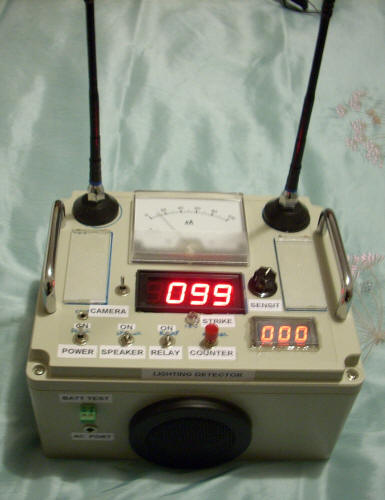
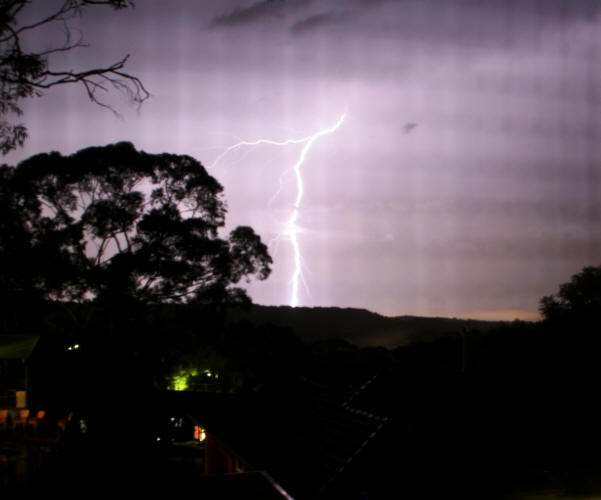
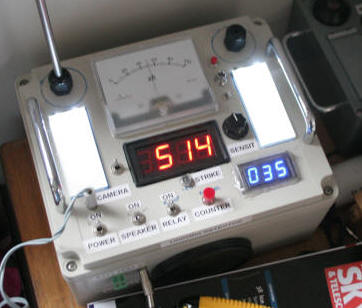
![]()
F. Kesler (electro-freakz) from Holland built this version:
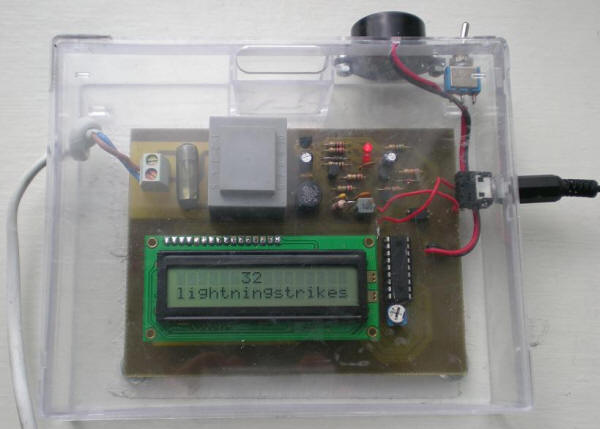
He writes: The circuit board contains a 220 volt input, antenna input, and a buzzer output. It's made with the lightning detector circuit and a PIC microcontroller. The microcontroller counts the lightning strikes and displays them on a 2 x 16 LCD.
![]()